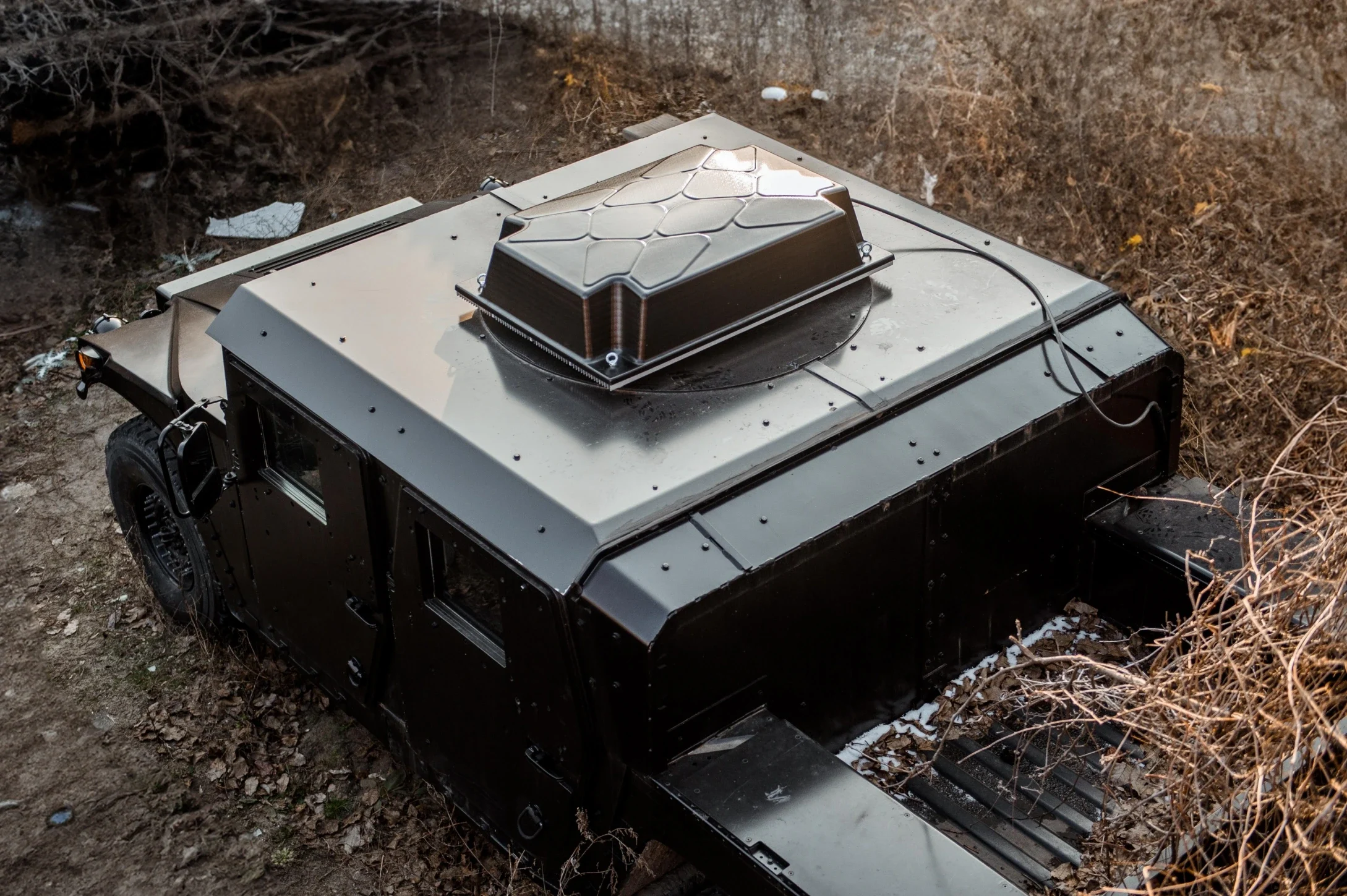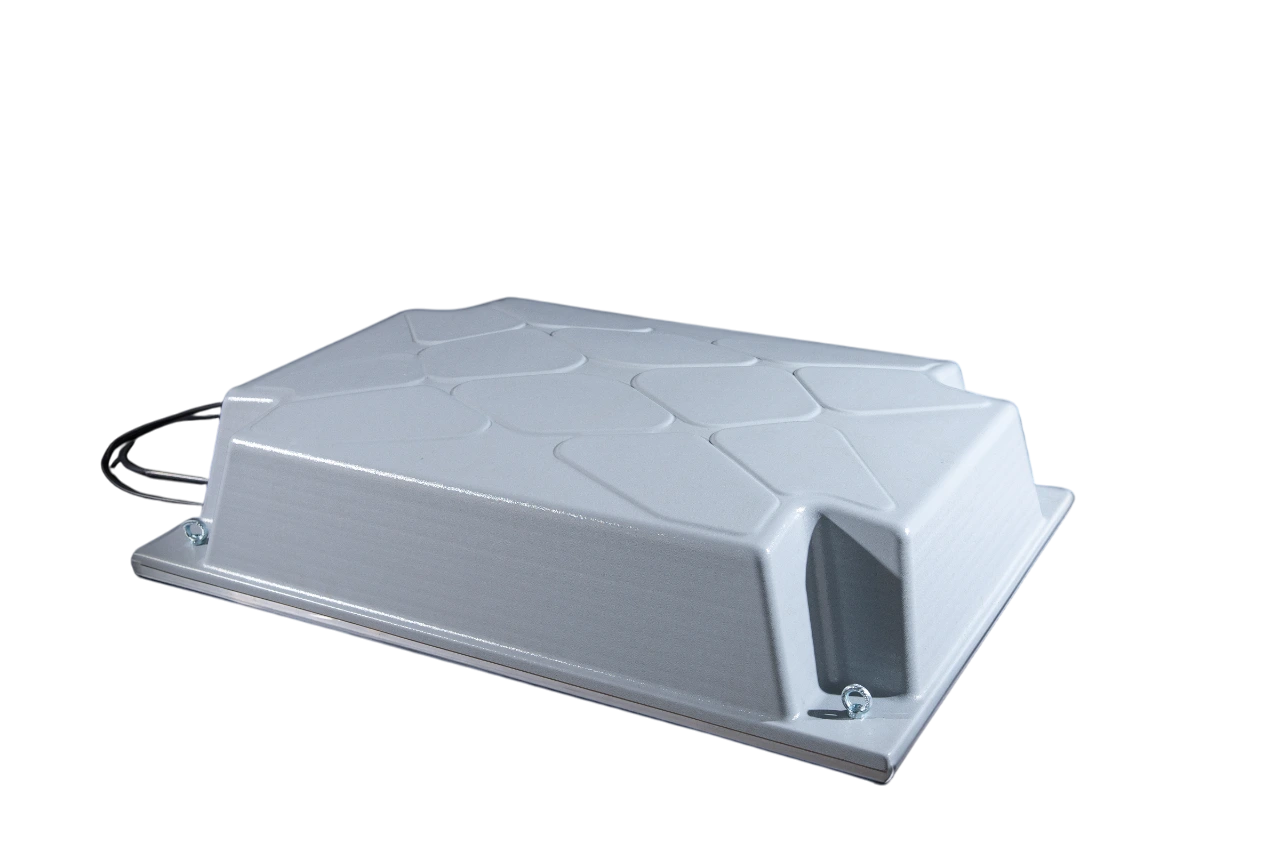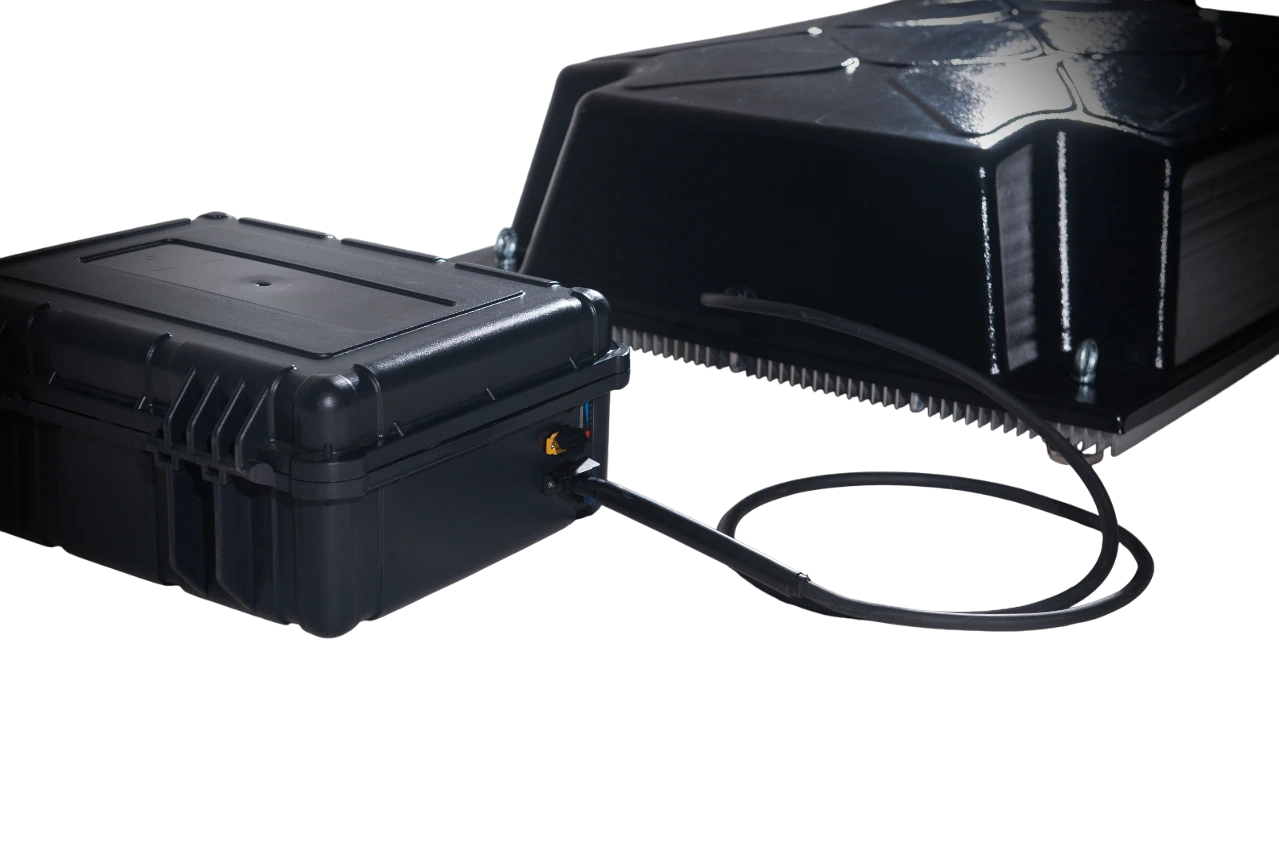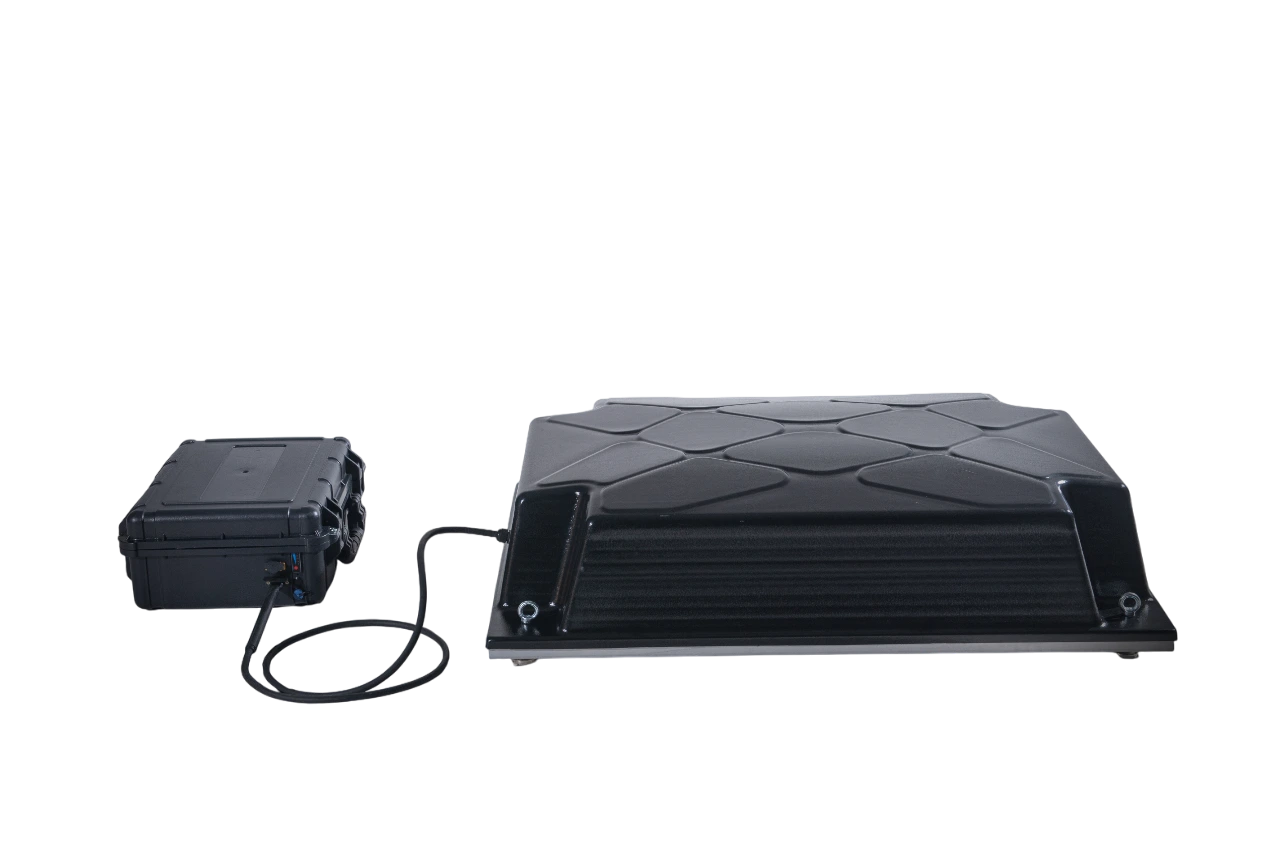The modern world is changing rapidly, and approaches to security at various levels are changing along with it. One of the most important components of modern military and technical strategy is electronic warfare.
What is electronic warfare?
Electronic warfare (EW) is a set of measures aimed at using the electromagnetic spectrum to achieve strategic, tactical or operational goals. The main goal of electronic warfare is to provide an advantage in any conflict by disrupting enemy communication, control, navigation, or radar systems.
The objectives of electronic warfare include:
- Suppression of enemy communications.
- Destruction of radar systems.
- Protection of own electronic means from interference.
- Creating electronic intelligence to obtain important information.
How does electronic warfare work?
Electronic warfare (EW) equipment creates dense interference that hinders the transmission of signals, for example, between a drone and its operator or satellite. This renders the drone uncontrollable or forces it to turn back. The main goal is to stop the enemy from completing the mission, whether it is reconnaissance or strike. In this process, a variety of transmitters, antennas, and sophisticated hardware and software systems are used.
The basic principles of operation are as follows:
- Signal detection. Thanks to powerful antennas and receivers, the systems analyze the radio frequency spectrum to detect enemy activity.
- Disruption of data transmission. Generation of interference or impulses that interfere with the correct operation of enemy communication or navigation systems.
- Protection of own systems. Use of specialized algorithms and technologies to ensure the resistance of their signals to external influences.
Types of electronic warfare equipment
Among the most common electronic warfare means are the following:
- Drone jammers. They interfere with the operation of drones by creating intense radio interference.
- Electronic warfare station. Mobile and stationary complexes for the protection of large areas.
- Anti-drone systems. Provide protection against drone attacks by disabling them.
- Dome electronic warfare systems for cars. Such kits provide protection while driving. They are often used by military convoys, government motorcades, and special services.
- Dome trench EW systems: Trench systems create a protective dome that blocks enemy signals, including remote control of mines and drones.
- EW backpacks. These are portable devices integrated into a regular backpack. They allow the operator to remain mobile while protecting himself and his team.
Classification of electronic warfare devices by range:
- Tactical (up to 50 km): protect limited areas of the front, strongholds and objects of special importance.
- Operational and tactical (up to 500 km): cover large sections of the front and the enemy's rear. Often deployed on trucks.
- Strategic (over 500 km): used to control large areas, including maritime areas and remote land areas.
Classification of electronic warfare devices by location:
- Stationary: mounted on permanent facilities, providing protection for critical infrastructure.
- Trench-based: installed on the front line, providing localized protection against enemy signals.
- Portable: mobile systems that allow you to quickly change the location.
How to choose electronic warfare equipment
When choosing electronic warfare equipment, there are several key factors to consider:
- Purpose. Determine what tasks the system should perform (e.g., drone suppression or radar protection).
- Range of action. Compact solutions are suitable for tactical tasks, while powerful systems are needed for strategic operations.
- Mobility. Stationary systems provide more power, but mobile electronic warfare stations are more flexible in use.
- Technical compatibility. Make sure that the chosen tool is compatible with other elements of your security system.
- The level of autonomy: Pay attention to automation capabilities and battery life.
- Frequencies: It is important to consider the frequency bands used by the enemy. For example, 700-1050 MHz are suitable for universal protection, while 2.4 and 5.8 GHz are suitable for countering drones.
Areas of application of electronic warfare
Electronic warfare is a critical component in many areas:
- Military operations. Protection of military units from enemy drones, missiles and surveillance systems.
- Protection of infrastructure facilities. Preventing attacks on critical facilities.
- Anti-drone technologies. Use of electronic warfare stations to neutralize commercial and military drones.
- In law enforcement. To fight crime and protect strategic facilities.
Where to buy electronic warfare in Ukraine?
To purchase high-quality electronic warfare systems, pay attention to specialized platforms that offer a wide range of equipment. One such resource is Shield Systems, a reliable supplier of modern electronic warfare systems for various needs. The site offers a wide range of equipment:
- Mobile electronic warfare stations for tactical tasks;
- Powerful systems for strategic defense;
- Anti-drone systems and drone jammers for facility protection.
Check out our range and order equipment that guarantees an advantage in any situation.
















